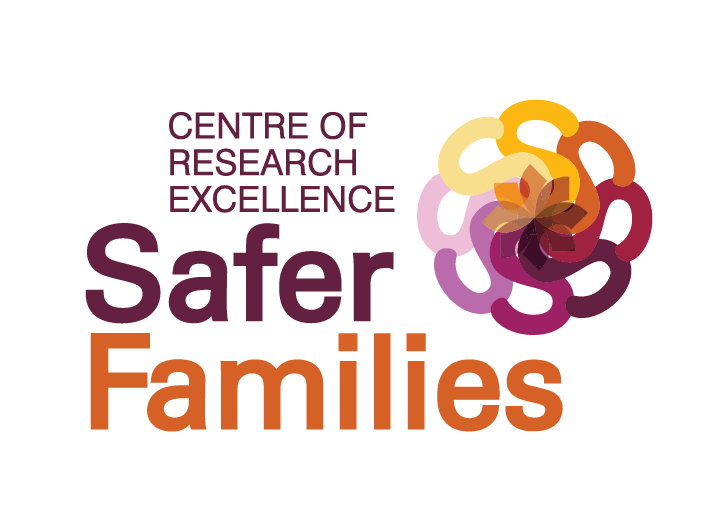REAL Model
Sustainability of Identification and Response to Domestic Violence in Antenatal Care
About The REAL Transformation Model
A model for the sustainability of identification and response to domestic violence in antenatal care - The REAL Transformation Model - was developed by researchers drawing on the experiences of women and practitioners across six hospital antenatal clinics in Victoria and New South Wales.
The four essential elements of The REAL Transformation Model:
Relate - Engage - Act - Learn
are split across four levels of the system:
Women - Practitioners - Clinic - Health system
How does The REAL Transformation Model work?
REAL is a relationship-based model which promotes woman-centred, holistic and tailored care by antenatal health care services. It promotes an environment conducive to relationship building and engagement of women to facilitate domestic violence screening and response. It addresses practical actions a workplace can take to be supportive to its health practitioners. The model also also promotes reflection and learning to build sustainable systems for meeting the health, safety and recovery needs of women, children and their families who are experiencing domestic violence.
Kelsey Hegarty, Professor at The Royal Women’s Hospital and The University of Melbourne and Director of Safer Families Centre talks in this video about how The REAL Transformation Model works in practice.
How did REAL come about?
The REAL Transformation Model is based on the SUSTAIN study: Sustainability of Identification and Response to Domestic Violence in Antenatal Care. This study aimed to support the integration of evidence-based screening, risk assessment and first line responses to domestic violence into the complex system of antenatal care. The study focused on women attending health services for pregnancy who may or may not have ever discussed domestic violence with a health worker or accessed specialist domestic violence services. The main research questions of the SUSTAIN study were:
How can we integrate and sustain screening, risk assessment and first line responses to domestic violence effectively into the complex health system of antenatal care?
How can we overcome the specific challenges for health systems in regional and rural settings with low resources?
The SUSTAIN study was an ANROWS project (see acknowledgments) undertaken by a team of researchers connected to the Safer Families Centre. A full research report and other background information to the study, and how it led to the development of the REAL Model, is available via the link below.
Suggested citation report: Hegarty, K., Spangaro, J., Koziol-McLain, J., Walsh, J., Lee, A., Kyei-Onanjiri, M. … Spurway, K. (2020). Sustainability of identification and response to family violence in antenatal care (The SUSTAIN Study) (Research report, 07/2020). Sydney, NSW: ANROWS
Why focus on antenatal care?
One in six Australian women have experienced violence by a current or former partner since the age of 15 years (Australian Bureau of Statistics, 2017). A significant number of women experience domestic violence during pregnancy, and for one quarter of women who experience domestic violence, the violence commences during this time (Australian Bureau of Statistics, 2017).
The prevalence of current domestic violence among pregnant women ranges from 3–9 percent, increasing to 16–25 percent when prior domestic violence is included (O’Reilly, Beale, & Gillies, 2010). For one third of women experiencing domestic violence, pregnancy is a time when violence commences or may escalate (Australian Bureau of Statistics, 2013).
Most pregnant women, whether at low or high risk of domestic violence, are still in relationships with the perpetrator, often having no contact with domestic violence services. Although women want to be asked, experiences of domestic violence are identified for only a minority of women in antenatal care (O’Doherty et al., 2015). This gap in identification of domestic violence has led to recommendations for screening and first line responses (including risk assessment) in antenatal care (O’Doherty et al., 2015; World Health Organization, 2013b).
Early engagement in health systems is urgently needed, and sustainability of identification and first line response is imperative to effectively address domestic violence (Garcia-Moreno et al., 2014). Health practitioners are crucial to this early intervention work (Garcia-Moreno et al., 2014) given the isolation women can experience with domestic violence, particularly in rural areas, and the adverse effects on pregnancy outcomes (e.g. miscarriage, pre-term labour) from domestic violence (World Health Organization, 2013a). Pregnancy presents an opportunity for early engagement with women and their families to receive support, risk assessment and pathways to safety and healing, due to frequent ongoing contact with health services (Campo, 2015; World Health Organization, 2013b).





